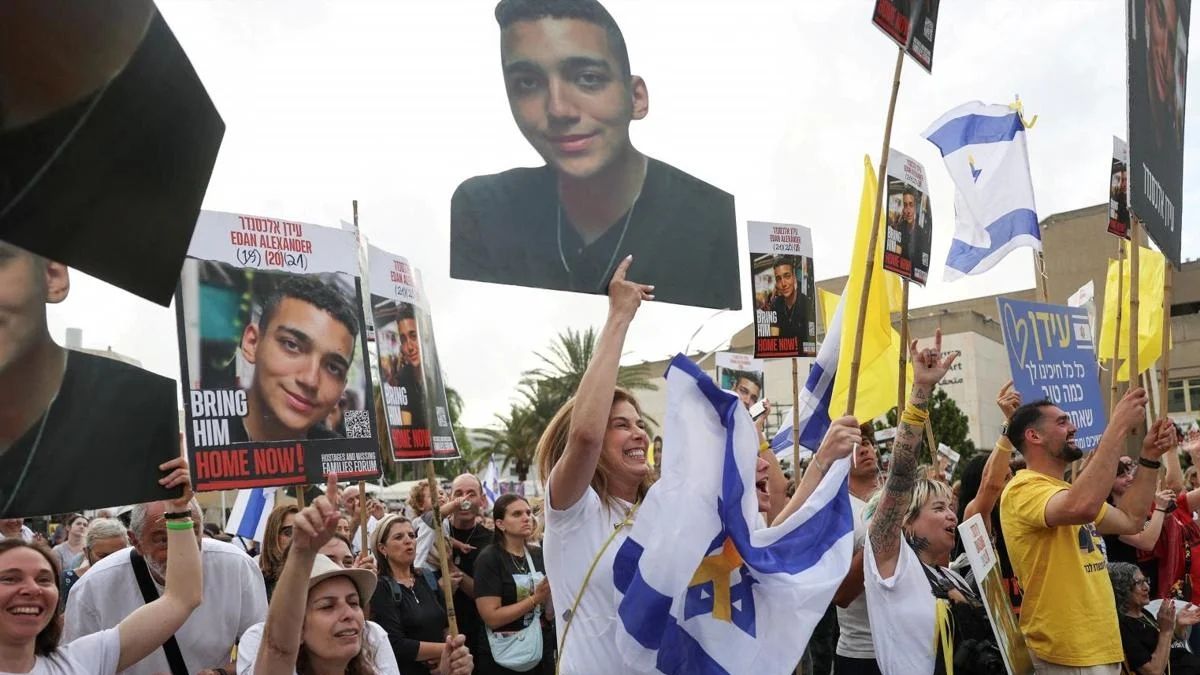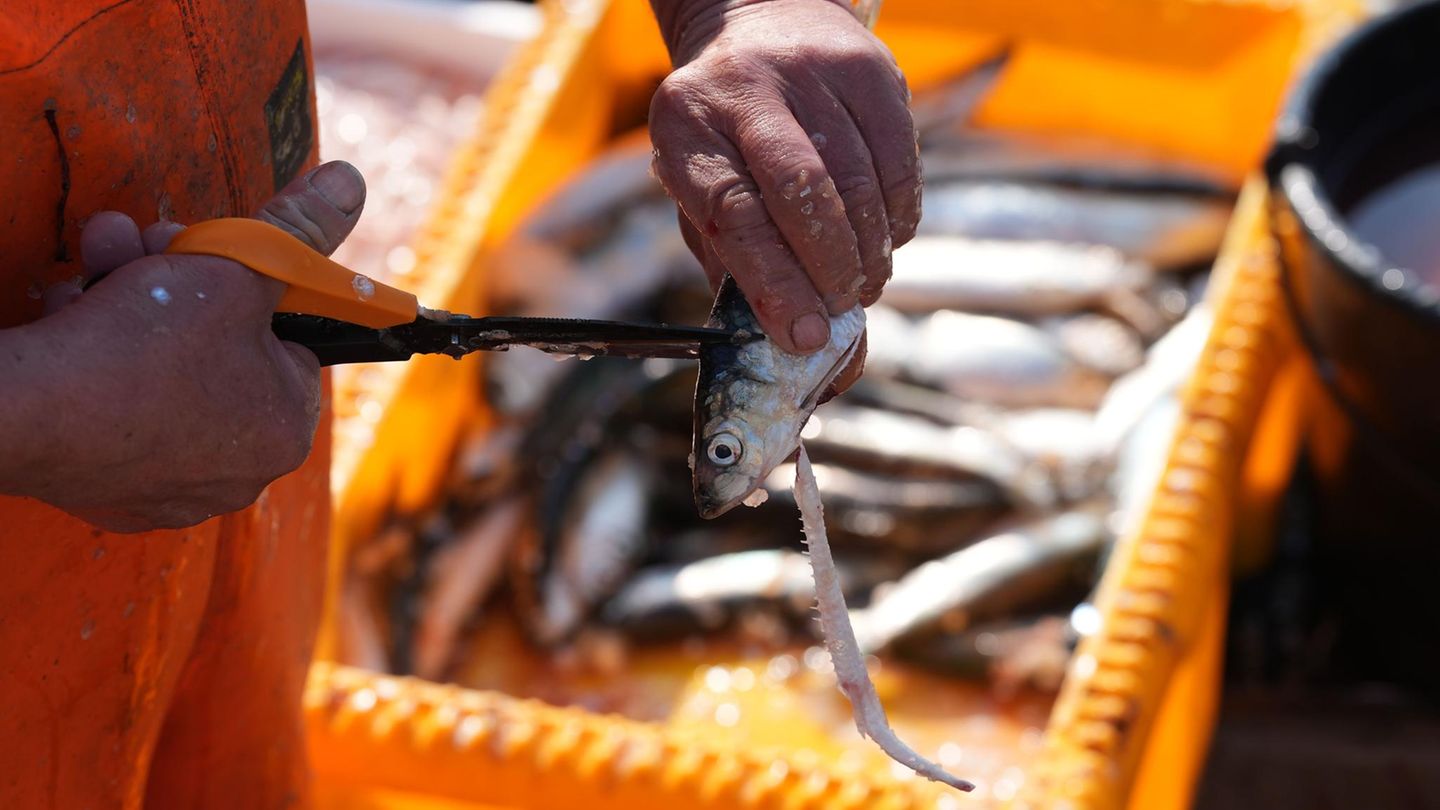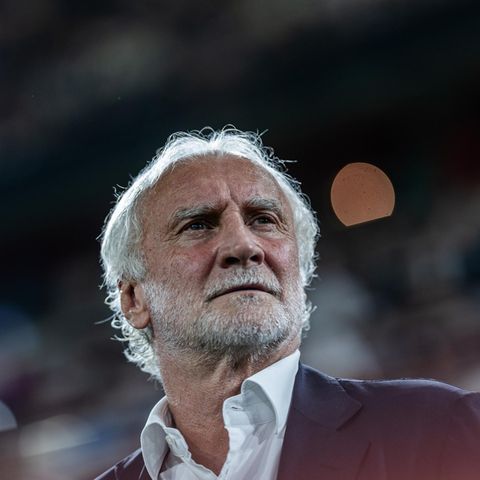Christian Waldhör inherited his love for athletes. His father is known as a LASK chronicler, as spokesman for the Black and White initiative, the son picks up the black and white ball. “We are convinced that our work is positive for LASK in the long term, because every self-respecting club focuses on its own identity. We hope that we can find a common path with LASK.” In an interview, he explains the background to the campaign, the banners of which were submitted to LASK and approved by the club.
Why was the “Initiative Schwarz-Weiß” founded in summer 2021?
LASK has had BWT as a sponsor since 2019. We took that very positively at the time, because it is a regional sponsor that operates in a very positive field of business. We then saw, at the latest during Corona, when LASK played these two European Cup home games in the sponsor’s colors, namely against Tottenham and Antwerp, that the influence was reaching a level that was questionable for us. That was this step that LASK took, where we said we can no longer support it, we have to do something bundled against it. Before that there were isolated protests, we wanted to bundle these protests.
How many people does the initiative consist of and how is it networked within the fan scene?
At the beginning there were four or five people who got together, who got the go-ahead from the rest of the fan scene and many fan clubs. The more people we told about it, the more joined. Now we have a circle of eight to ten people doing the daily work and some helpers. These people are represented on all stands, on the east, on the south, on the north anyway.
Do the fan clubs support the concerns?
Of all the fan clubs you know, 95 percent support the initiative’s goal – if not everything, then they at least say that they understand it, but for them the limit has not yet been reached. But if you don’t do something about it now, who knows what will happen in three or four years.
When the initiative was founded in the summer, LASK President Siegmund Gruber commented on the demands in an OÖN interview. “I heard about this initiative and think the content is good,” he said at the time. “LASK has never had a name sponsor and as long as I’m president, we won’t have one either.” He also commented on the dresses: “The colors of our dresses are black and white. It is also common for other traditional clubs such as Schalke or FC Barcelona to play in other colors at some point in the European Cup or as an alternative jersey.”
It can be said that these alternative jerseys in all cases have nothing to do with the color of a sponsor and are therefore really used as alternative jerseys – namely when there is no other color option. (Note: Sturm Graz recently played against Salzburg in blue, the color of the main sponsor, without any color necessity. It was the fourth game of the season in blue jerseys, there were no protests.) With LASK, the sponsor can certainly attach importance to the fact that, or how often, LASK should play in these colors. We suspected in the summer, because LASK is not represented in the European Cup, that the cup would be played in pink more often. That happened: LASK played in pink against FAC in Imst and Vienna, although it would have been possible otherwise – that’s the big difference for us.
LASK offers a sponsor, who is of course entitled to something in return, an area for selected games. Provocatively asked: If LASK plays in pink clothes six times a season – where is the problem?
For us, every appearance in pink is one too many because LASK is giving up on itself to a certain extent. We are convinced that LASK leaves a lot of money behind because it doesn’t look at its own tradition. If you look at Vienna or Graz – even if not everything is going right there: they know how to deal with their own history and how you can use it to flush money into the coffers in the long term. We are convinced that in the long term it is better for LASK to focus more on its own traditions. A self-confident LASK does not appear in sponsor colors because it would be better for the club and the image across the country in the long term if it reflected on its own history. Sponsors can, should and must be partners, that is very clear to us. You have the right to find a place at LASK. For us, it’s about crossing the red line with these outfits, which are just a symptom of a general development. So much is given up that actually makes LASK what it is. If BWT does the perimeter advertising, does sponsor evenings, does sponsor packages that exist all over the world and expands them, that’s not a problem. The dress is a step too far. Other clubs manage to reconcile sponsors, success and tradition.
Before the pink portions, the sleeves of the dress were yellow. Why were there no protests back then?
The fan scene that has established itself around the Landstrassler in recent years has been in a phase of self-discovery for a very long time. It was about getting racist tendencies out of the stadium, bringing support to an acceptable level, and so on. We can self-critically admit that the time with the trainers Oliver Glasner and Valerien Ismael was so successful in sport that we let ourselves be blinded. The yellow sleeves did not trigger the big protests. In hindsight, we failed to take this step.
Suppose LASK takes another alternative color – this would also have nothing to do with tradition, and the club would not give a sponsor any space either. Would that be better?
If it doesn’t bring in any money, red would be the simplest and logical solution, because red has been included in the coat of arms of LASK since 1919, taken from the state of Upper Austria. There are songs in which the color red appears, the L from LASK in the logo is red. It is the primary goal of a club to represent its own colours. It is very important for us that LASK stays true to itself. Self-confident appearance is only possible if I always remain the center of attention and don’t let a sponsor take this center stage. We see more being inked year after year. Last year it was the caregivers’ uniforms, this year it’s the enema children, which is a stab in our hearts. So every time a batch of 20 children come back to the clubs with this pink dress. Their first dress, which so many children have fond memories of, is in the sponsor color.
What can a compromise look like?
One can perhaps consider whether it should be limited in time, something like that, it has to be gone in five years. This would require communication with the club. It is difficult to find a compromise. We don’t see ourselves in a position to deviate from our basic demands because as fans in modern football we already make so many compromises that we have to make, otherwise we wouldn’t be able to move in the field of professional football anymore. The basic values that are there in 99 percent of clubs around the world – the colors, the coat of arms, the name – must always be there so that we can still see this identification potential of LASK.
This is exactly what LASK stipulated in an amendment to the statutes in April: “No advertising may be added to the club badge.” All decisions relating to the name, coat of arms and colors now require the consent of all members of the club.
The change in the statutes is a great thing. That was a step towards the fans, that’s true. But we only found out about them from third parties, which shows how the communication works. It would be important for an open exchange to take place at eye level. We experience that the club rarely seeks dialogue with us.
The protests are causing a stir. Isn’t there a risk of alienating a sponsor or discouraging potential new sponsors?
Of course we don’t want to sell BWT as a sponsor. If we now say that we accept, for example, five games in pink dresses, we discredit ourselves. We see the danger that LASK will go one step further if we don’t constantly raise awareness.
President Siegmund Gruber promises to keep the name, colors and coat of arms, the statutes are changed accordingly. Nevertheless, the initiative doubts. How can trust be strengthened?
We would be ready at any time to talk to decision-makers in the club – at eye level – how we can resolve this situation.
What will the action against Wolfsberg look like?
The action came from the fan scene, the specific idea came from fans in the south stand. We will hold up banners in the stadium for one minute after 19:08 minutes. The banners were mostly painted at meetings in the fan booth. They have been registered with the association, they have all been approved. In the cup against FAC, the fans only got to their sector after 19:08 minutes.
In the cup against FAC, the fans only got to their sector after 19:08 minutes. The protest is not directed against the team, but they have to do without support. Doesn’t that damage LASK?
The big picture is more important. It’s not about victory or defeat, but that LASK will remain as we have come to know and love it in 50 and 100 years.
Source: Nachrichten




